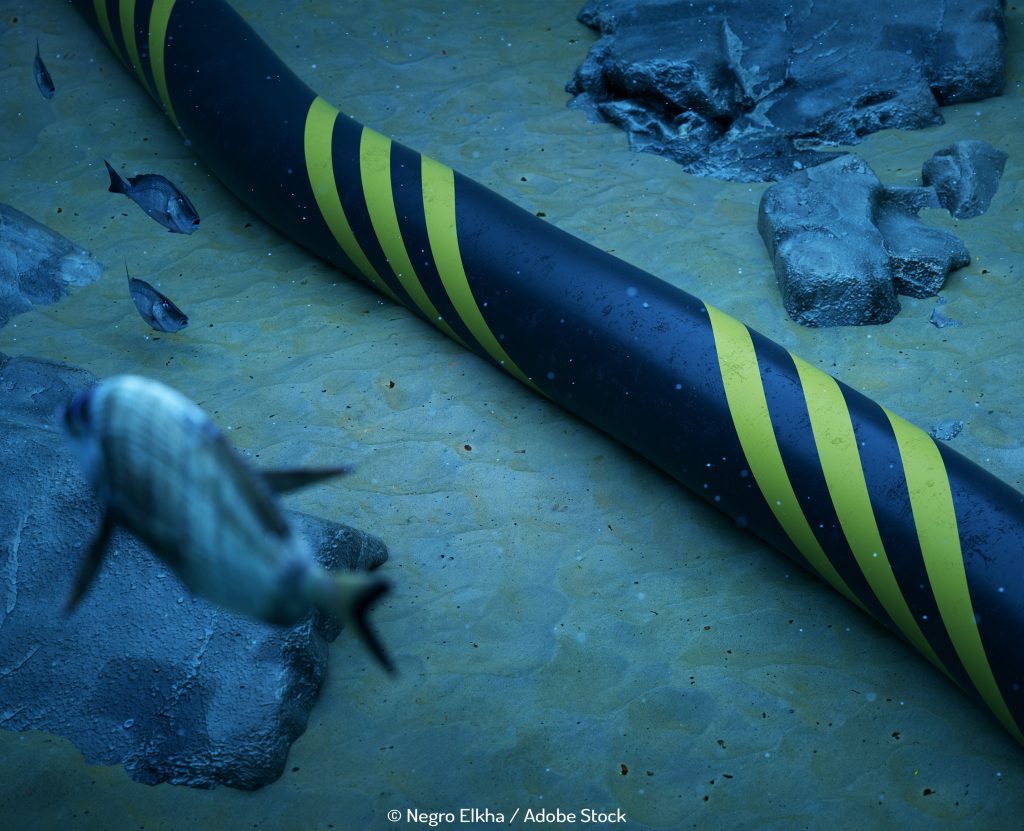Green light for Asia Pacific clean energy
Reuters spoke anonymously to a Singapore-based project manager who is thinking about going into solar after more than 15 years in the oil sector. “For me, it’s not a question about running out of oil, but that the industry is losing popularity on the consumer end.”
In Asia renewables are the energy sector’s bright light at the end of the tunnel. Governments are launching huge programmes to use more green energy. There are currently around 7.7m people worldwide who are working in renewables, but the International Renewable Energy Agency says with increases in Indonesia, India, China, Japan and Bangladesh by 2030 the number could be as high as 16m.
China led the world in new renewable power capacity installations in 2014, accounting for almost two-thirds of developing country investment in the sector. India’s government has announced plans to install 100GW of solar power capacity by 2022. At the recent Asia Clean Energy Summit in Singapore it was revealed that five new investments, part of a S$150m initiative, had been secured in the fields of solar, fuel cells, smart grids and testing services. The Thai government is committed to growing the renewables sector, and has introduced a feed-in tariff to support its burgeoning solar industry, with hopes it will double output by 2036. US-based engineering giant Black & Veatch has won a contract to provide design and consultancy services for a 220MW solar project in Myanmar, described as “Southeast Asia’s largest solar power plant”. Construction is now expected to start in the first quarter of next year.
It isn’t all plain sailing though for renewables. At the end of October there was a gathering of top leaders in Beijing who met to set their long term strategy for the 13th Five-Year Plan. By 2020 it has pledged to increase the share of non-fossil fuels to 15% and to 20% by 2030 though controlling coal consumption, increasing wind and solar and stabilising the use of oil and gas. But with both the economy and energy consumption shrinking meeting that target will be a tough challenge. Lin Boqiang from the China Centre for Energy Economics Research says, “Coal remains a competitive and convenient choice in practice, particularly at a time when the industry is facing excess capacity.”
However there could be a future where fossil fuels and renewables exist in a mutually beneficial form. A $20m prize fund has just been announced by the XPRIZE Foundation based in California, which will be given to the team that comes up with the best way to turn carbon dioxide from a liability into an asset. It is happening already – Reykjavik turns it into methanol to manufacture products like wrinkle-resistant textiles. In Texas it’s turned into materials to become adhesives. In Tokyo they can turn it into the plastics used for bulletproof glass. There were fears that converting the CO2 would require so much energy that it might expend more than it consumed.
But that was before new technologies were developed which enabled the reactions to happen more efficiently. Nature.com points to how “Renewable sources like solar and wind can increasingly supply that energy at a competitive cost without the carbon penalty.” In Asia Asahi Kasei Chemicals use CO2 to produce around 660,000 tonnes of polycarbonates every year. The article admits that while the “process is still unable to make polycarbonate chains that are long enough for applications such as water bottles… it is cost-competitive with the standard method, and reduces indirect CO2 emissions from 6 tonnes for every tonne of polycarbonate produced to 1 tonne.”
Asia and the Pacific is rapidly becoming acknowledged as the global hub for clean energy, with nine straight years of growth in clean energy investments. $101bn was invested in 2012 – 42% of the total global investment. Analysts warn that to continue on this path, there needs to continue to be appropriate support for technological advances, proper prioritising of renewable projects and long-term planning and grid integration to support increasing production from the likes of solar energy.
From that perspective the good news is that although there are few things that motivate people, living in an area associated with extreme weather events such as typhoons and ones that are vulnerable to sea-level changes is one of them. Only a handful of places of wealth appreciate the consequences of climate change and most of them are in Asia such as Taipei, Tokyo, Manila and Seoul. The obvious benefit is that a number of world leading companies in the renewable sector are based in these cities and their focussed energies to protect their backyards will eventually benefit those in other parts of the world.


